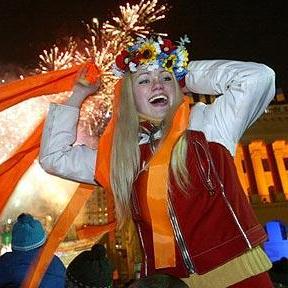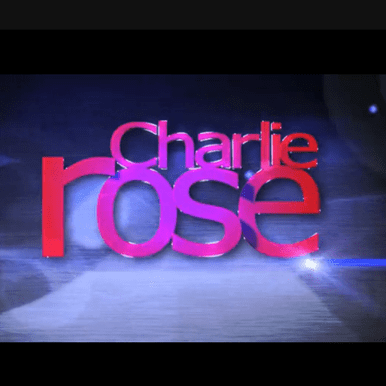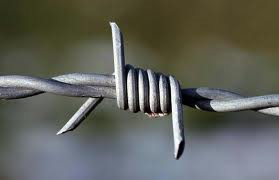(Transitions Online) The world has just witnessed Ukraine's second major political upheaval in a decade, with protesters carrying the day both times. Russia’s offended, proprietary response only underscores what is perhaps the primary goal of those demonstrations and several smaller ones that have taken place in the past few years: to move the country from the "post-Soviet" to the "European" column. For that, people have come into the street, time and again, to defend small businesses, tame the corrupt police, demand fair elections, and contain Russia's influence.
Here is a rundown of five recent uprisings, how they turned out, and why.
The Orange Revolution saw hundreds of thousands of people demanding fair presidential elections after the rigged balloting of November 2004 nearly brought Viktor Yanukovych to power. The country’s political opposition, then led by Viktor Yushchenko, enjoyed its peak of popularity during the peaceful demonstrations, which lasted until a Supreme Court decision ordered a second run-off that saw Yushchenko the victor.
Unlike the most recent crisis, the Orange Revolution found a legal solution, notes Serhiy Kudelia, a political scientist at Baylor University. It was the Supreme Court, not riot police, that broke the stalemate between outgoing President Leonid Kuchma and his hand-picked successor, Yanukovych, on the one side and challenger Yushchenko on the other.
Those heady days for Ukraine’s aspiring democrats did not last. Thanks to a national sense of rudderlessness, constant bickering between onetime allies Yushchenko and his prime minister, Yulia Tymoshenko, and the persistence of corruption, Yushchenko’s government was widely reviled when he left office in 2010, paving the way for a Yanukovych comeback.
But in his four years in office, Yanukovych dealt with repeated protests. The three most prominent – against a new tax law in 2010, a new language law in 2012, and police abuse in 2013 – were “reactions to attempts by Yanukovych to build an authoritarian regime,” according to Olexiy Haran, a political scientist at the respected Kyiv-Mohyla Academy. In the period that the protests took place, Ukraine slid from the “free” to “partly free” category in watchdog Freedom House’s annual global index of civil liberties. […]











